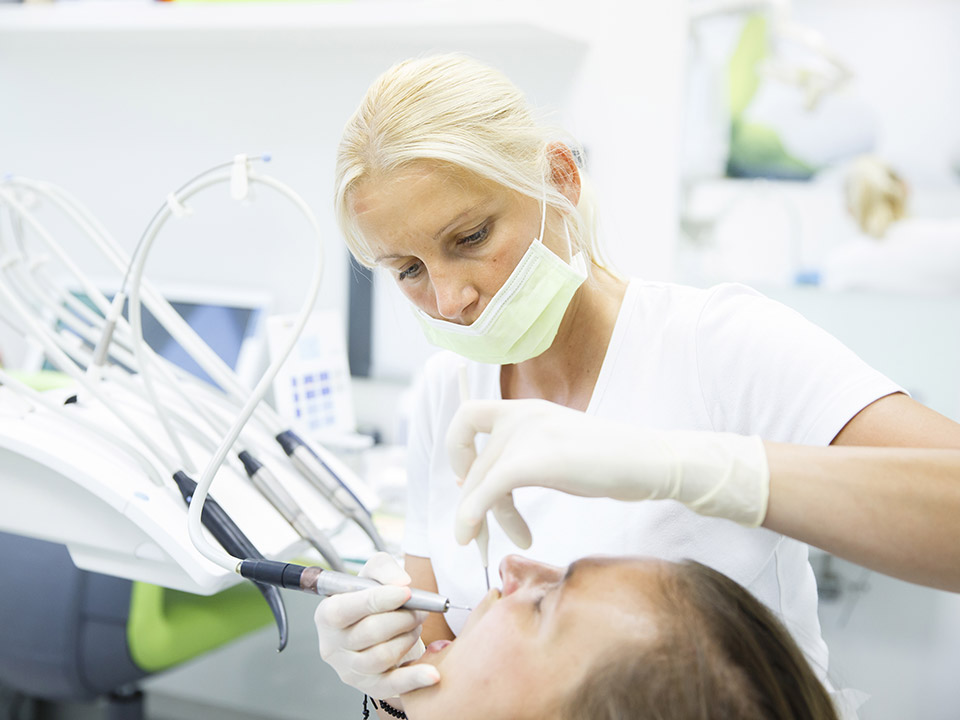Over the years, oil pulling has become a popular trend for holistic and natural teeth cleaning. But the question is, does it work, and is it safe for your teeth?
Many people still have questions and doubts about the oil pulling process and its benefits to dental health. It is always better to get advice from professionals. Let us learn a bit more about oil pulling.
What Is Oil Pulling?
Oil pulling is the practice of swishing and moving oil around your mouth. It promotes better oral health by removing bacteria and plaque while stimulating saliva production.
Though it seems like a fairly recent practice, oil pulling has been hundreds of years. People used edible oil to remove debris and bacteria from their mouths. However, other dental care practices have taken its place with time.
Oil pulling involves taking a tablespoon of oil and swishing it around your mouth for about 20 minutes before spitting it out. It is always recommended to spit the oil out in the trash as it is full of bacteria, and you do not want your sink clogging.
Is Oil Pulling Recommended By Dentists?
First, no form of oral care should replace your regular visit to the dentist. We recommend having your dental check-up at least every six months.
The American Dental Association (ADA) does not promote or recommend pulling oil as a dental health alternative. However, that does not mean it is without benefits if used with other appropriate oral hygiene practices.
Is Oil Pulling Safe?
Oil pulling is not only safe, but it has numerous benefits to your overall dental health. When complemented with dental care practices, you get better results for your oral hygiene.
Let us look at some of the benefits of pulling oil.
Killing Bacteria In Your Mouth
Recent studies indicate that oil pulling helps prevent the build-up of plaque and the development of bacteria in your mouth. Some of the oils used during the practice have antibacterial and antifungal properties that help clean your teeth.
Healthy Vitamins To Promote Oral Health
Furthermore, these oils also have essential vitamins like Vitamin E, which help develop teeth.
Swelling and inflammation are common symptoms of gingivitis. However, certain oils like coconut oil also have antioxidants and anti-inflammatory properties that help reduce teeth sensitivity and maintain your oral health.
Preventing Cavities
Tooth decay is a common oral issue for everyone. Cavities develop due to the build-up of bacteria and plaque that coats the enamel of the teeth.
Pulling oil is an effective way to reduce bacteria and plaque build-up, leading to cavities. It is the perfect support system for flossing and brushing.
Reducing Bad Breath
The formation of plaque and the growth of bacteria in your mouth are the leading causes of bad breath. Bacteria are also responsible for gum disease and infections. Oil pulling prevents the growth of these bacteria, reducing bad breath.
Which Oil Should You Use?
Firstly, you need to find the right natural and edible oil for pulling.
There are a variety of oils that you can use for the process. They include coconut, sunflower, sesame oil, and olive oil.
However, coconut oil is the most popular use. It has a pleasant taste, is easily available, and has high amounts of lauric acid, an antimicrobial.
How Should You Oil Pull?
Pulling oil is an easy process. Get a tablespoon of pulling oil and swish it around your mouth. You should move the oil as much as possible and force it through your teeth’ gaps and spaces.
You need to keep swishing for about 20 minutes to get the best benefit. Start gently to get used to the taste before starting the whirlpool in your mouth.
If you feel like the volume of oil increases as you move it around, you can always spit out a small amount. This will reduce the discomfort.
The taste might be disgusting for most beginners, so it is better to start with a teaspoon of oil and swish around for about five minutes.
After swishing the oil, make sure to spit it out into the trash. Do not swallow the oil. It is full of bacteria and might cause an upset stomach.
You may notice that the oil you spit out is white and frothy. This is from all the swishing, saliva, and debris from your teeth. Make sure to brush your teeth to get all the oil out of your teeth.
How Often Should You Do Oil Pulling?
The best time to pull oil is in the morning, before brushing your teeth. It helps keep them clean and stimulates saliva production throughout the day.
Take note that oil pulling is not a substitute for other oral hygiene practices. Always brush and floss your teeth twice a day,
Can Oil Pulling Reverse Tooth Decay?
Pulling oil cannot reverse or heal any tooth decay or problems with your gum. Instead, book an appointment to talk to us about the available treatment to help you with tooth decay.
Are There Any Side Effects To Oil Pulling?
In most cases, there are no severe complications to pulling oil. However, some people might experience a few minor side effects. The most common one is nausea when you first take the oil.
However, other side effects might result from swallowing the oil. These include:
- Stomach discomfort
- Vomiting
- Diarrhea
You may also experience a sore jaw and a headache. This might be a result of vigorously swishing and moving the oil. It will slowly go away after a while.
However, people with certain plant allergies should not consider oil pulling. Using oil that you are allergic to might lead to hypersensitivity and allergic reactions. Some allergic reaction signs include swelling, a tingly feeling on your tongue, lips, mouth, and hives.
Our Thoughts On Oil Pulling
Oil pulling is a great way to improve your oral health. However, it should not be a replacement for brushing and flossing. Always brush twice a day, and floss at least once.
If you consider using oil pulling or any other forms of alternative dental therapy, make an appointment to discuss it first with All About Smile Dental Group.







